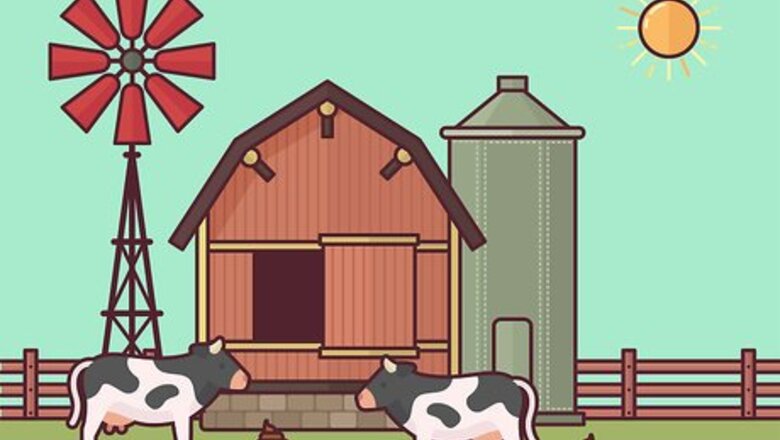
views
X
Research source
Producing electricity can be done through either burning the dung to power a steam engine or digesting the dung to produce methane as a biogas. With the right tools and equipment, it's possible to turn cow dung into electricity.
Burning Dried Dung for Steam Combustion
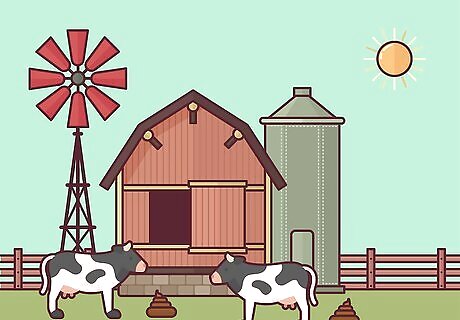
Get cow dung from a farm or compost company. Depending on where you're getting the manure, you may have to purchase it. However, if you can find a local dairy farmer who isn't using their manure, they may give you some for free for your project. For large-scale projects, plan to purchase the dung at a price per ton of manure.
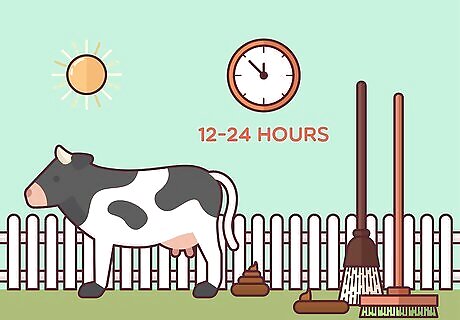
Dry the cow dung in the sun or with a specialized manure dryer. If you're sun-drying the cow dung to burn for a simple combustion engine, flatten it into small patties and lay it in the sun for 12-24 hours to dry. For a large-scale project, use an industrial dryer to remove the moisture from large quantities of dung. If you're using an industrial dryer, be sure to follow all operating directions and do not overfill the dryer. This can cause dangerously high temperatures and lead to unwanted fires.
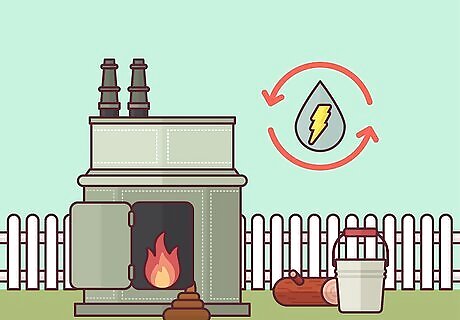
Burn the dung below a reservoir of water to boil the water and produce steam. Place the dried dung into a container situated underneath a water reservoir. Then, light the dung on fire to produce heat, causing the water to boil. When the water is hot enough, it will produce steam. Depending on how much dung you're burning and the amount of water that you're heating, this can take up to 24 hours for an industrial-sized steam combustion process. For a small-scale example, it should take around 15-20 minutes to heat 2 gallons (7.6 L) of water until it produces steam.

Use the steam from the boiling water to turn a turbine connected to a generator. As the steam rises off of the water, harness it in a tube to transport it to a turbine. The steam will rise in the turbine, causing the shaft to turn. The turning shaft will power a generator, producing electricity. A smaller turbine and generator will produce less electricity than a larger turbine and generator. The larger the turbine and generator, the more dung, water, and steam you will need to produce electricity.
Using Anaerobic Digestion to Make Biogas
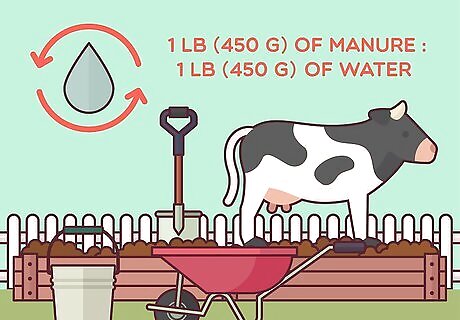
Gather cow dung and mix it with water to form a slurry. A slurry is a mixture of equal parts water and a solid material that forms a paste. In this case, you will need to transport all of the dung and water into an industrial slurry vacuum, which mixes the paste. If you have 1 pound (450 g) of manure, you will need 1 pound (450 g) of water to form the slurry. You can add other biofuels, like food compost matter, to the slurry if necessary. Since this process can only be properly done with industrial equipment, it requires access to very large quantities of water.

Place the slurry in a digester machine and heat it to 37 °C (99 °F). Transfer the slurry into a vacuum-sealed digester machine, and close the door tightly. Turn the machine on and wait for it to heat the dung, which can take a few hours depending on the machine. Most digester machines are specially made for holding manure for biogas production, and they are easily hooked up to an ignition engine and a generator.
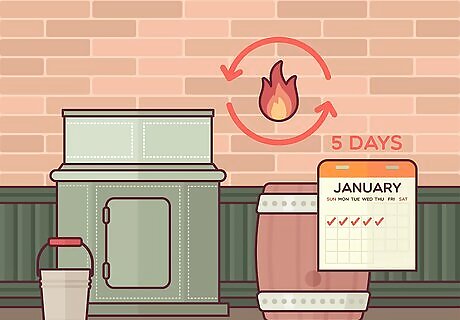
Leave the manure in the heated machine for 5 days to digest. As the manure digests in the machine at a high temperature, the microbes on the dung eat the nutrients and produce methane gas, which is also called biogas. Once there's enough methane gas in the machine, you can release the gas from the digester to the next step of the process. If left in the digester for longer than 5 days, the manure can produce too much methane gas, causing damage to the machine and overpressurization.
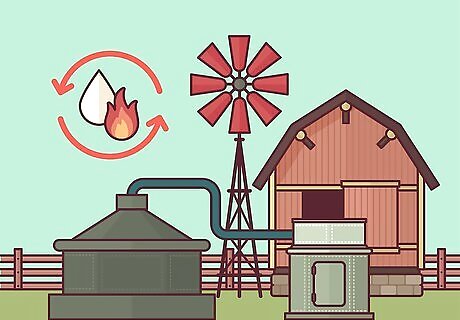
Burn the methane gas in an ignition engine to power a generator. When the transfer is initiated, a pipe connected to the digester will transport the gas to an ignition engine. To power the engine, all you have to do is ignite the gas with a spark. When the engine turns on, it powers a generator that produces electricity. Since most forms of anaerobic digestion for energy happen on a large scale, it can produce a lot of power. This form of energy production is sometimes used to power entire villages!

Separate the remaining liquids and solids in the digester to be reused. A separate pipe drains the digester, and spins the liquids and solids in a centrifuge until they're separated. Reuse the liquids to make more slurry, and recycle the solids into bedding or fertilizer for livestock. If you don't want to or can't reuse the liquids, you can contact a wastewater company to remove the water and store it in a safe place.


















Comments
0 comment